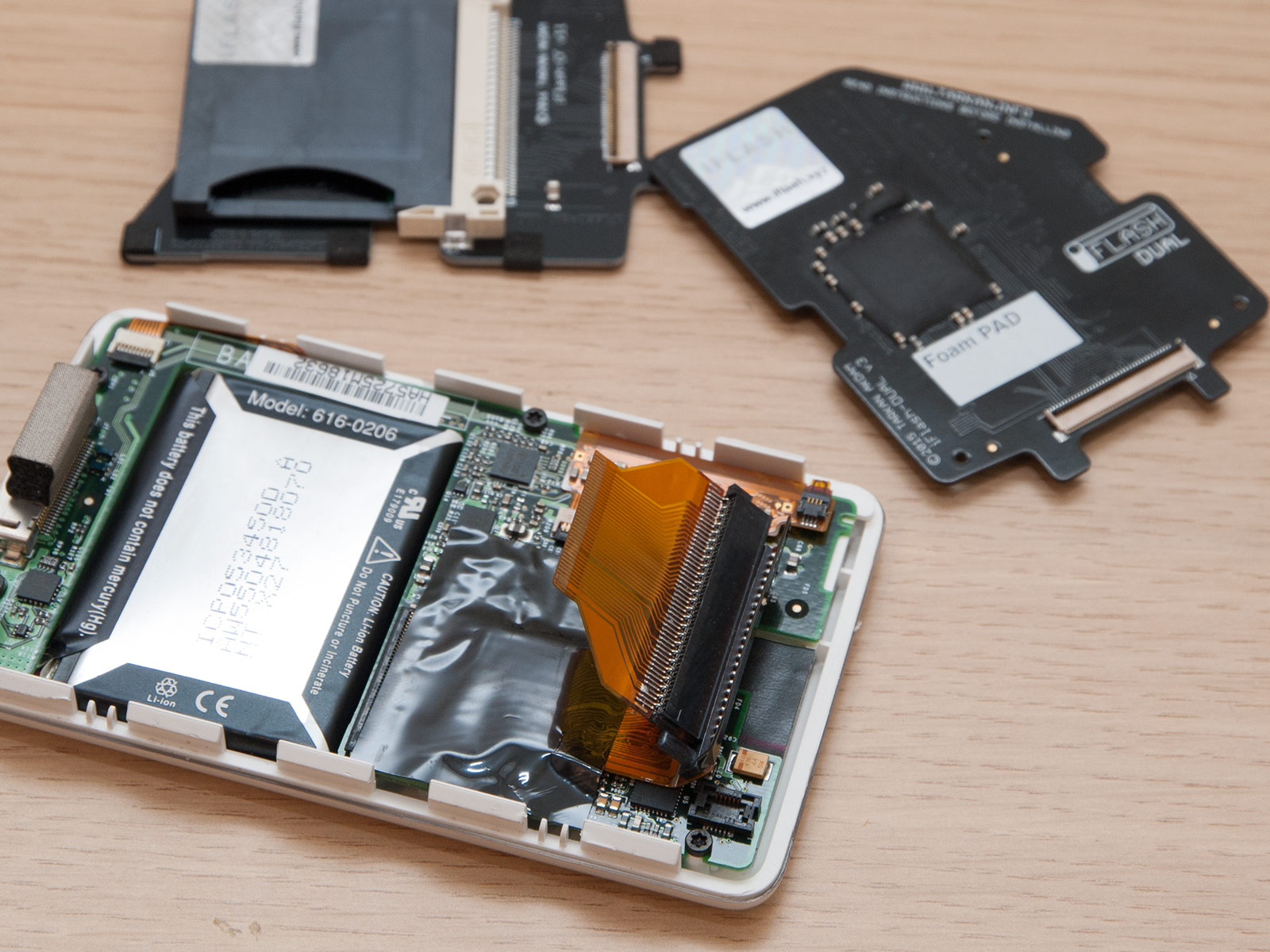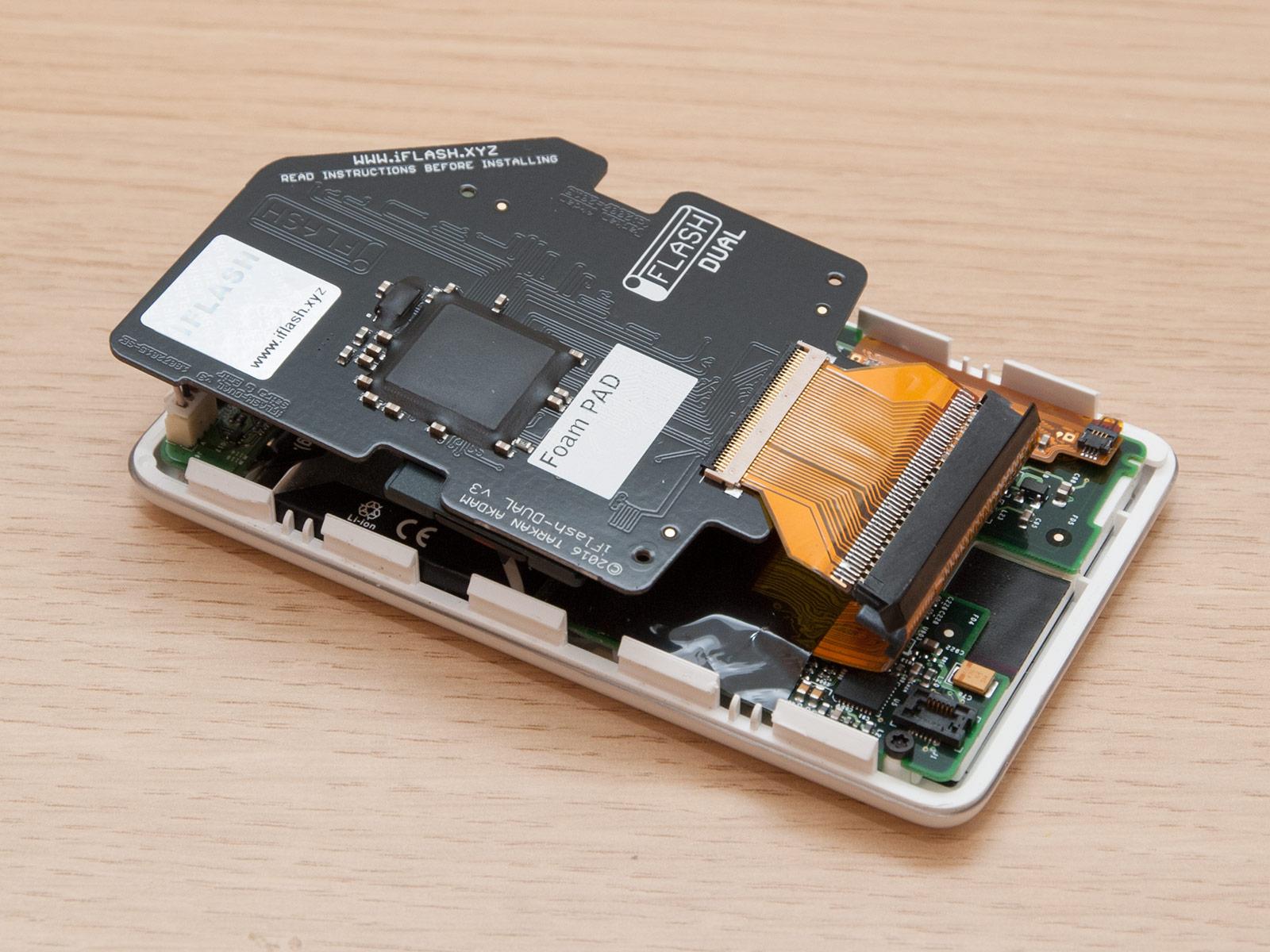


Iflash device update download#
You can view all BIOS changes in the Release Notes included on the BIOS download page in Download Center. We do not recommend BIOS updates for computers that do not need it.
Iflash device update update#
Update the BIOS on your computer only if the newer BIOS version specifically solves a problem you have.You can also search for additional resources on the web for creating bootable CDs. Intel is unable to assist with the creation of bootable devices. Refer to any of the following Web sites for tips on creating bootable CDs. Search on “How to create bootable USB drives”.Ĭreating a bootable CD is not as simple as creating bootable floppy disks. You can also search for additional resources on the web for creating bootable USB devices. Additionally, you may refer to any of the following Web sites for tips on creating bootable USB devices.

Iflash device update how to#
Please refer to the documentation provided by the manufacturer of your USB device for information on how to create a bootable USB device. Making a USB flash device into a bootable drive is not as simple as creating bootable floppy disks. BIO file ( or IFLASH2 /PF XXX.BIO, depending on the version of iFlash you have) to launch the iFlash BIOS update process. In Boot Device Priority, set the CD-ROM drive to be the first boot device.īoot the target computer with the CD in the drive.Īt the prompt, type IFLASH /PF XXX.BIO, where XXX.BIO is the file name of the. BIO file and IFLASH.EXE ( or IFLASH2.EXE, depending on your board model) to the bootable CD.Ĭonfigure the BIOS of the target computer to boot to the CD-ROM drive: Download and save the iFlash BIOS update file to a temporary directory.Ĭopy the.Part 1: Create the bootable media (CD) containing the BIOS update (Information on how to create a bootable CD is listed at the end of this document.) Use this method if the iFlash files are too large to fit on a floppy disk or if the desktop board does not include floppy drive support. Once the update is completed, remove the diskette from the drive and press Enter to restart the computer. DO NOT shutdown or power off the computer at any time during the update process. You’ll see the status of the BIOS update as shown here.

On the welcome screen, press any key to continue. The BIOS update process will begin automatically. Follow the prompts to create the bootable diskette.īoot the target computer with the diskette in the diskette drive. Press “ y” to extract necessary files to the temporary directory.Īfter the extract is complete, the following files will be present in the temporary directory:ĭouble-click the RUN.BAT file. Insert a blank diskette into the diskette drive.ĭouble-click the *.EXE file to begin the iFlash BIOS update process. Part 1: Create the bootable diskette containing the BIOS update You can use this method if the iFlash files are small enough to fit on a diskette and the desktop board includes diskette drive support. BIO file (or IFLASH2 /PF XXX.BIO, depending on the version of iFlash you have) to launch the iFlash BIOS update process. Part 2: Update the BIOS of the target computerīoot the target computer with the USB device connected.Īt the prompt, type IFLASH /PF XXX.BIO, where XXX.BIO is the file name of the. Save by pressing F10 and exit the BIOS Setup. Press F2 during boot to enter BIOS Setup. BIO file to the bootable USB device.Ĭonfigure the BIOS of the target computer to boot to the USB device: Part 1: Create the bootable media (USB Device) containing the BIOS updateĭownload and save the iFlash BIOS Update file to a temporary directory.ĭouble-click the *.EXE to extract necessary files.ĭouble-click the SW.EXE file to extract additional files.Ĭopy IFLASH.EXE (or IFLASH2.EXE, depending on your board model) and the. (Information on how to create a bootable USB device is listed at the end of this document.) You will need a bootable USB device, such as a USB thumb drive or USB external hard drive. You can use this method if the iFlash files are too large to fit on a diskette or if the desktop board does not include diskette drive support. (Information on how to create a bootable USB device or CD is listed at the end of this document.)Īll BIOS update files for Intel® Desktop Boards are available on Intel's Download Center.Ĭlick ( ) or the section descriptions to expand the content: With the iFlash BIOS update utility you can update the BIOS from a USB device, diskette, or bootable CD-ROM. (this comment will not show on the live version of this page) FOR CODING PURPOSES, PLEASE DO NOT EDIT ABOVE THIS LINE.


 0 kommentar(er)
0 kommentar(er)
